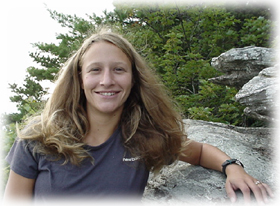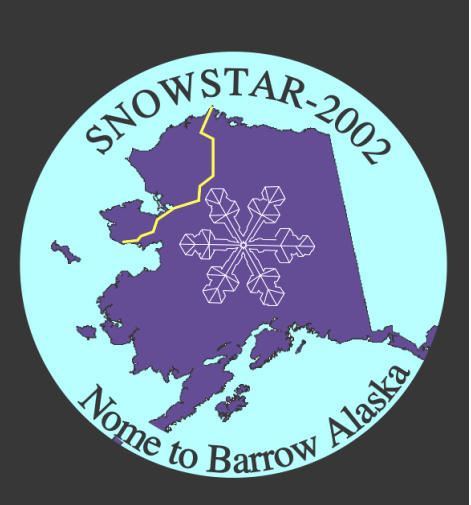
|


Matthew Sturm, U. S. Army Corps of Engineers
The air is crisp and cold, the night dark but alive with the aurora borealis this is the Arctic winter. I will be involved in a remarkable experience as I travel with Matthew Sturm and five other scientists on a northern Alaska traverse. The traverse will begin in Nome, Alaska on the Seward Peninsula and go to the most northern point in the United States, Barrow, Alaska. Snow machines otherwise known as snow mobiles, will take us over the snow covered tundra of northern Alaska for the 411 mile journey. We will be begin our travels on March 20 and end on April 24. The remoteness and wildness of the far North will clearly be remembered as our nights will be spent in pitched tents upon the snow. Our purpose is to conduct scientific research. The project is actually part of an ongoing larger project to understand climate change in the Arctic called ATLAS (Arctic Transitions in the Land-Atmosphere System). The Arctic is a good place to study climate changes because changes are able to be detected there much sooner than other parts of the world. Climate studies have suggested that continued warming will be greater in the Arctic than the lower latitudes. The Arctic is often referred to as the "canary in the cage" because it may serve as an early indicator of climate changes that will affect the entire world. On the traverse, we will stop at 100-120 sites where we will make numerous snow measurements. Measurements that will be taken are snow depth, density, stratigraphy and strength. Radar will be used to make a continuous profile of the snow depth and to display the stratigraphy. These measurements will be used to show a relationship between snow and vegetation in the Arctic and to delineate the regional trends in the snow properties. The snow measurements will be taken along the tundra-forest boundary between Council and Ambler, a small village on the Kobuk River. There are many questions related to this vegetation transition. One question to be answered is if a temperature increase is causing changes in the vegetation along this tundra-forest boundary. Air temperatures in the Arctic have increased 2 to 4 degrees C in the past 30 years. A result of the warming is an increase in plant production. An outcome of the increase in plant production would be an increase in the height and abundance of the shrubs. We will also be taking measurements along the tundra north and south of the Brooks Range. The tundra north of the Brooks Range is much less shrubby than the tundra of the south range. Snow measurements will be used to note any correlation between the regional and systematic differences in the snow pack and the two biomes. Chemical sampling of the snow will also be conducted on the traverse. The sampling will used to determine the source of the winter precipitation, to note if there is a difference between the winter precipitation source for the Arctic slope versus south of the Brooks Range and if the precipitation source changes through the winter as the Chukchi, Beaufort, and Bering Seas freeze over. We will plan to sample for major ions such as Ca, Mg, and Fe along with the oxygen isotopes of O18, O16 and deuterium. An experimental sampling of boron isotopes will also be conducted if possible. These ions and isotopes act as tracers in the snow. They should let us know where the moisture of the snow originated and its atmospheric history. Along the route, we will try to meet children in the rural Alaskan villages. The Alaskan children will communicate with children in the North Carolina schools. The children will be able to educate each other on their climate, region, habitat, and lifestyles. The children in the Alaskan schools will hopefully be involved in the data collection for the research. The children of the Arctic in turn will directly teach North Carolina children on how life and science is conducted in such an extreme and harsh environment. This will be an extremely fun learning experience for both groups of children!

Learn more about April's project at http://aeff.uaa.alaska.edu/snowstar/.
  Be sure to check out the images in the journal entries!
Be sure to check out the images in the journal entries!
April 2002
March 2002
February 2002
January 2002
December 2001
November 2001
August 2001
|


